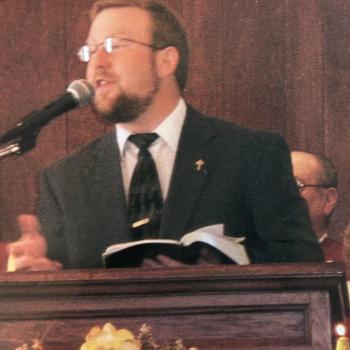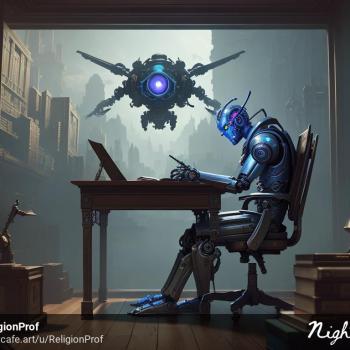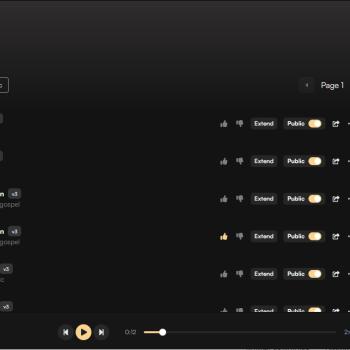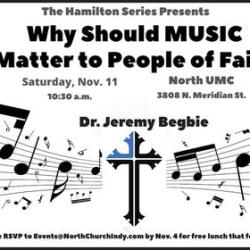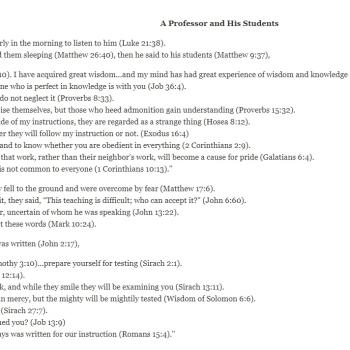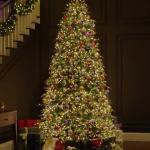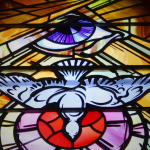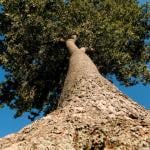I will be testing out parts of a new open textbook I am writing on the Bible and music when I teach my class on that subject in a few weeks. I am rather worried, as well as hopeful, with respect to how the fact that not all students will be present physically on all occasions may impact things like listening and singing.
I mentioned the book project to my Sunday school class, and now I will also be exploring this topic with them over the coming weeks. I invited them to take the lead and suggest music/texts and immediately one that was mentioned was Cesar Franck’s setting of Psalm 150. Here is an audio recording on SoundCloud:
Here it is in video form, one with the score and the other in which you can see the performers:
Franck served as a church organist during his life, and composed this work as a commission by the Institut National des Jeunes Aveugles (National Institute of Blind Young People) when they dedicated a new organ. It is interesting, among all the settings of this Psalm, to think about this one as connected with music being part of the lives of those who could hear but not see. In addition to all the ways this Psalm is so fitting for musical exploration, with its brevity combined with a wide-ranging list of mentions of musical instruments, it is a striking choice for highlighting that which is ultimately unseen for us all.
Mark De Voto suggests that Franck’s sacred music is long overdue to be revisited and carefully studied, as well as performed more often. You can read more about Franck’s setting of Psalm 150 on the publisher’s website. The score is available at IMSLP and CPDL.
This blog post provides several other examples of Psalm 150 set to music in a variety of periods of the European and eventually also American tradition of sacred music and art music, before sharing some other Psalm and music-related things that have come to my attention since the last time I blogged about the Bible and music. Let me move next to Louis Lewandowski’s famous setting:
I first heard that in the very powerful a capella rendition by the Zemel Choir, whose vinyl LP I owned:
Here is Howard Hanson’s setting of Psalm 150:
My friend Del Case has also written a piece for flute based on Psalm 150:
That piece is just one of many contributions that is part of the PsalmSeason project sponsored by the Interfaith Youth Core. Indeed, there is a lot right at the top of the PsalmSeason website that is related to Psalm 150. Here are some others…
By Anton Bruckner (see the notes on Bruckner’s setting by Christopher Gibbs):
By John Rutter:
By Michael John Trotta:
By Charles Villiers Stanford:
See also in relation to “classical” or art music:
Here are some very different styles of music with the words of Psalm 150:
Here is another Israeli rendition in Hebrew (albeit with cowboy hats):
It is interesting to reflect on which most closely conveys the mood we think the original Psalm in its ancient context was supposed to have for diverse listeners and singers today. What do you think?
Having asked that question, let me share this attempt by Suzanne Haik-Vantoura to interpret the cantillation marks in the Hebrew text from a millennium ago in this Psalm:
The cantillation marks will get some attention early in my book. They’re a fascinating topic and I’d love to have the time to really dig into that in a focused way.
What would you write about Psalm 150 in a textbook on the Bible and music? Given that there are 149 other Psalms, even if the course were just on the Psalms, in a class that met three times a week every week for a whole year (which mine obviously does not) it would just barely be possible to dedicate a day to every Psalm. Obviously even a whole day on this Psalm could not do justice to the music shared in this blog post thus far, and these are by no means the only settings. Yet this Psalm, in its role as conclusion to the book in its Masoretic Text form of the Hebrew Bible (the Septuagint adds Psalm 151) and with its listing of instruments, it seems a good one to spend some time on. Yet there are also so many things one inevitably cannot hope to do justice to. The reference to “everything that has breath/spirit” is particularly striking to me. What is the relationship between every breathing thing and every kind of instrument? The question when it comes to the book and the course it is for is less what to say and more what to leave out.
Also related to music and (at least in some tangential way) the Bible, here are some other things that have come to my attention:
Not first numerically but fitting for a new year, here is Bach’s Cantata 190 which features text from a Psalm
Psalm 1 (why the Book of Psalms doesn’t begin on the tonic)
Psalm 2: Is the Messiah the Son of God?
The Discipline of Reading the Psalms
Here’s another Psalm:
This last symphony by Alfred Schnittke, completed by others, has added as a final farewell to the composer a movement with a vocal part with the words of the Nunc Dimmitis. That final part is by Alexander Raskatov:
https://www.youtube.com/watch?v=8Y5Rl_A5toE
Second Life of a Masterpiece (by Messiaen)
Articles on Ancient Near Eastern Music
Because Christmas is a musical time there were a lot of blog posts related to Christmas music:
https://internetmonk.com/archive/94888
https://niedergall.com/serendipity-for-singing-not-sinning/?utm_source=feedly&utm_medium=rss&utm_campaign=serendipity-for-singing-not-sinning






